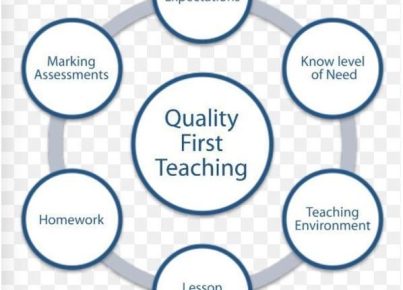Introduction
In today’s fast-paced, polarizing world, it has become increasingly common for close friends, family members, and social groups to fracture, often over a single disagreement. An innocuous conversation suddenly turns into a full-blown argument, resulting in isolation and the feeling of being the enemy. But how, and when exactly, did this happen? This article aims to explore the factors contributing to this phenomenon and the steps we can take to mend these fractured relationships.
The Age of Polarization
Political and social debates have always been a part of human interaction. However, in recent years, disagreements have taken on a new intensity. With increased access to information through social media and countless news sources, differing perspectives get amplified. People become more steadfast in their beliefs and more aggressive in defending them. The “us vs. them” mentality leaves no room for compromise or mutual understanding.
Echo Chambers
Social media platforms and personalized news feeds compound these divisions by creating echo chambers where we surround ourselves with like-minded individuals who reinforce our beliefs. This creates an illusion that everyone agrees with our position, turning those whose opinions differ from ours into perceived enemies.
Lack of Empathy and Active Listening
In times of conflict, our emotional responses often take precedence over logical thinking. People become defensive when their beliefs are challenged – triggering an immediate need to protect ourselves from perceived attacks. This response often overshadows the need for empathy and active listening in these conversations.
Steps to Mending Relationships
1. Practice Empathy: Remind yourself that friends and family members have their own unique perspectives on issues and experiences that shape their beliefs. Listening with empathy will help create a safe space for productive conversation.
2. Active Listening: Instead of focusing on how to defend your position or undermine the other person’s argument, focus on understanding where they are coming from.
3. Seek Common Ground: Through empathetic and active listening, identify shared values that may help bridge the gap between your differing opinions.
4. Agree to Disagree: Recognize that it’s okay to have differing viewpoints and that having open conversations about these disagreements can provide growth opportunities for both parties.
5. Encourage Inclusivity: Make an effort to include diverse voices in your social circles and engage in open discussions on divisive topics as a learning opportunity.
Conclusion
Becoming the “enemy” in the eyes of those closest to us can be a disheartening experience. By identifying the factors that contribute to this division, we can work towards understanding each other better and mending fractured relationships. By practicing empathy, active listening, seeking common ground, and encouraging inclusivity, we can navigate these challenging conversations and foster stronger connections with those around us.





